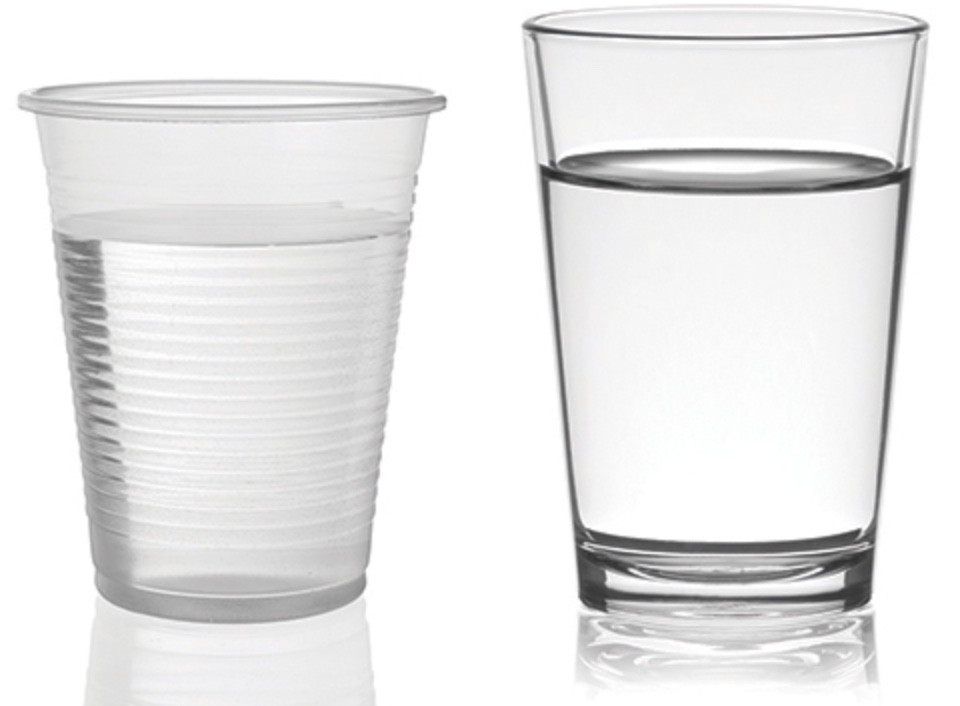When you Google “zero waste,” you’ll discover hundreds of photographs of glass jars everywhere. Glass is a popular material in the zero-waste movement, from trash cans to jars that line our refrigerators.
What is the draw of glass, and why do we have such a powerful passion for it? Is glass truly greener than plastic? We’ve compared the environmental effect of glass and plastic with Simply Plastics.
Plastic has a negative reputation among environmentalists, and it’s due to the fact that only 9% of it is recycled. However, in terms of what goes into production and recycling, as well as its fate, there’s still much more to consider with regard to plastic.
Sand is required to make new glass. While we have a lot of desert, beach, and underwater sand on hand, it is being utilized at a rate that outpaces the planet’s capacity to restore it. We use sand rather than oil to fill our bodies of water and, in most cases, only one sort of sand can accomplish the task (no, desert sand won’t work).
Sand is extracted from riverbeds and seabeds the most often. Taking sand out of its natural context has a detrimental influence on the ecosystem because microorganisms live on it and nourish the base of the food chain. Sand from the seabed endangers shore settlements by allowing water to inundate and erode them. Because we need sand in order to manufacture new glass, you can see where this would become a problem.
Glass, on the other hand, is heavier than plastic and is more vulnerable to damage while being transported. It produces significantly more CO2 during shipping than plastic, and it’s less expensive to transport. Another issue is that most isn’t really recycled. In reality, just 33% of waste glass is recycled in the United States. When you consider how much tonnage 10 million metric tons of glass are discarded each year in the United States, it’s a poor recycling rate.
Many factors contribute to the low amount of recycling, including the fact that it is commonly utilized as a low-cost landfill cover. Consumers who engage in “wish-cycling,” putting non-recyclables in the bin and polluting it, are another reason for its scarcity. Because coloured glass is mostly made of dissimilar metals, it is not recyclable in the majority of cases. Because the production procedure for windows and Pyrex bakeware is optimised for high temperatures, it’s not recyclable.
Glass, on the other hand, takes a long time to decompose in nature and even longer in a landfill. That’s four huge concerns regarding glass that have an overall environmental effect.
Both glass and plastic have advantages and disadvantages. Reduce your dependency on single-use goods, for starters! If you only need it once, look for a new option. Of course, there are exceptions, but we can greatly reduce single-use packaging by being more conscious of our purchases.
In general, opt for glass rather than plastic whenever possible. What about all the millions of plastic bottles and jars that we throw away every year? Is it really recycling if we don’t purchase items produced using recycled materials? You should absolutely recycle your glass containers and jars by using them!

